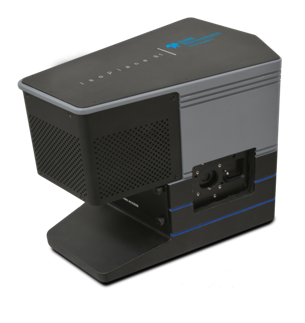Ecevit Bilgili
Powder Technology
Introduction
In an environment of constantly changing health challenges, analytical techniques play an important role in the development of new and enhanced drugs as well as the quality control of drug production. Among a wide range of techniques, Raman spectroscopy has an important place for material analysis. It is a non-invasive and non-destructive technique that only requires small efforts of sample preparation. Materials and molecules can be identified with high specificity by their Raman fingerprint. Raman spectroscopy is a good tool for investigating the chemical and structural properties of materials as well.

Researchers at the New Jersey Institute of Technology use Raman spectroscopy for experiments on particle materials and nanotechnology for improved drug delivery. One challenge the in the development of new drugs is their poor water solubility. The human body is made of up to 60% of water and high drug solubility is often an important factor for effective a drug can be applied.
In a recent publication the researchers report on experiments to enhance the solubility of an anti-fungal drug call Griseofulvin. They prepare dispersions of the drug using nanocrystals, polymers and surfactants and investigate their structure and composition. Raman spectra were taken using a FERGIE system at 785nm laser excitation. The position of Raman bands and their width gives insights into the crystalline or amorphous structure of the drug as well as its interactions with the other materials. In combination with calorimetric and X-Ray diffraction techniques Raman spectroscopy helps the researchers to better understand how well their samples mix with water.

